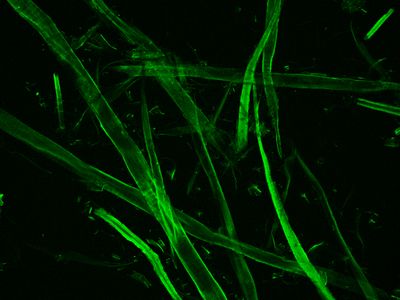Lectures:
Paper as an engineering material, packaging performance, behaviour of corners in carton board boxes, web dynamics in paper transport systems, statistical aspects of failure of paper products, fracture properties, moisture-induced deformations, creep and relaxation, mechanics in printing nip for paper and board, micromechanics, wood bio-composites – extending the property range of paper products.
Laboratory:
Paper testing, design and testing of paperboard package, FEM analysis of paperboard package
After the course, the students should be able to
- describe and analyse important paper technology applications using correct solid mechanics terminology,
- relate the results from the most important methods for mechanical testing of paper and board to the appropriate solid mechanics terminology,
- describe important aspects of the constitutive modelling of paper and board for analyses of converting and end-use applications,
- demonstrate the benefits of mathematical modelling and numerical analyses in paper technology applications,
- discuss and argue for experimental and numerical results orally and in writing, and
- appreciate the advantages, disadvantages and limitations of using paper as a renewable material.
